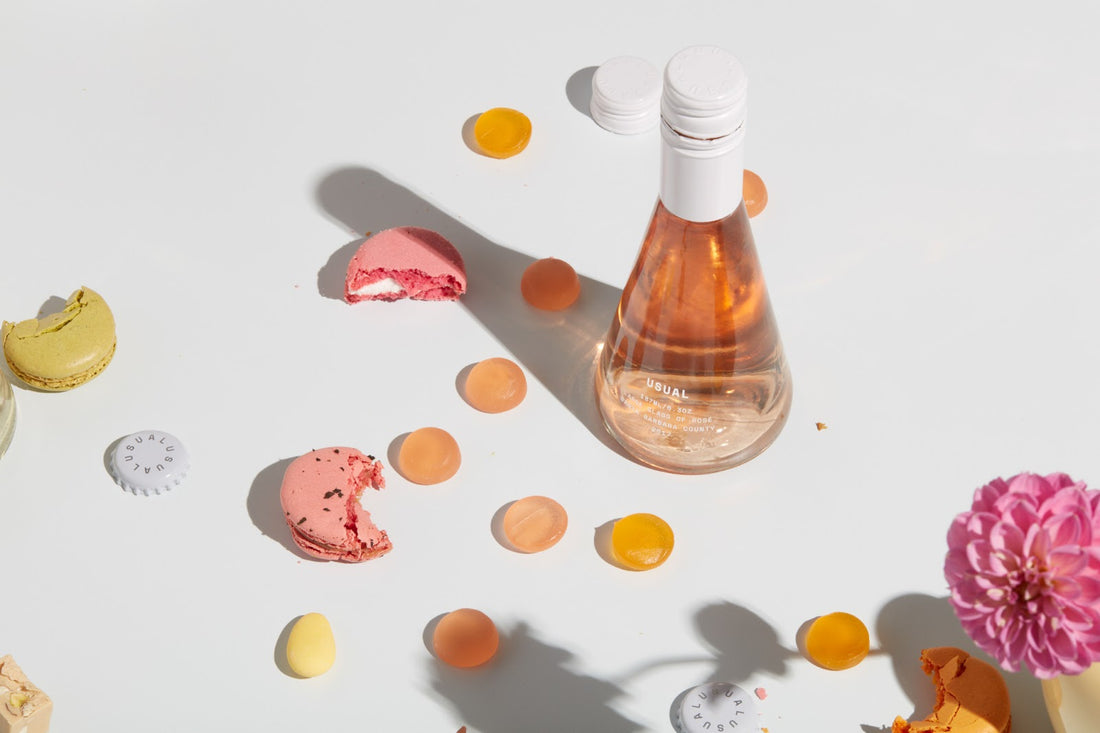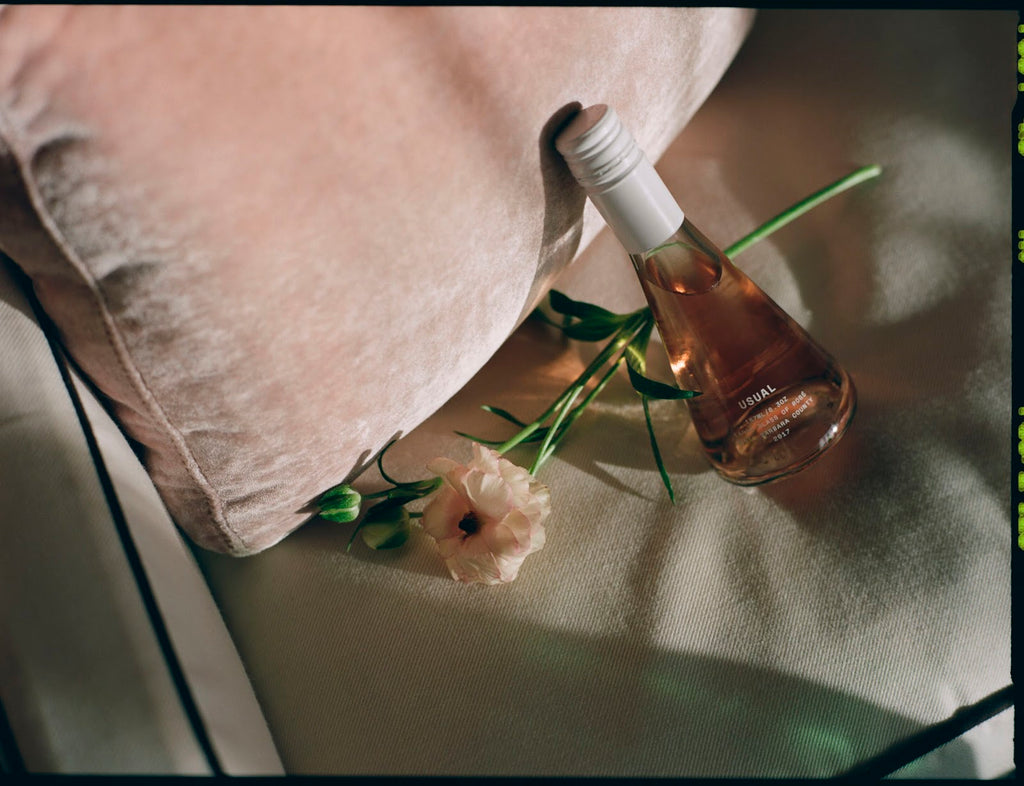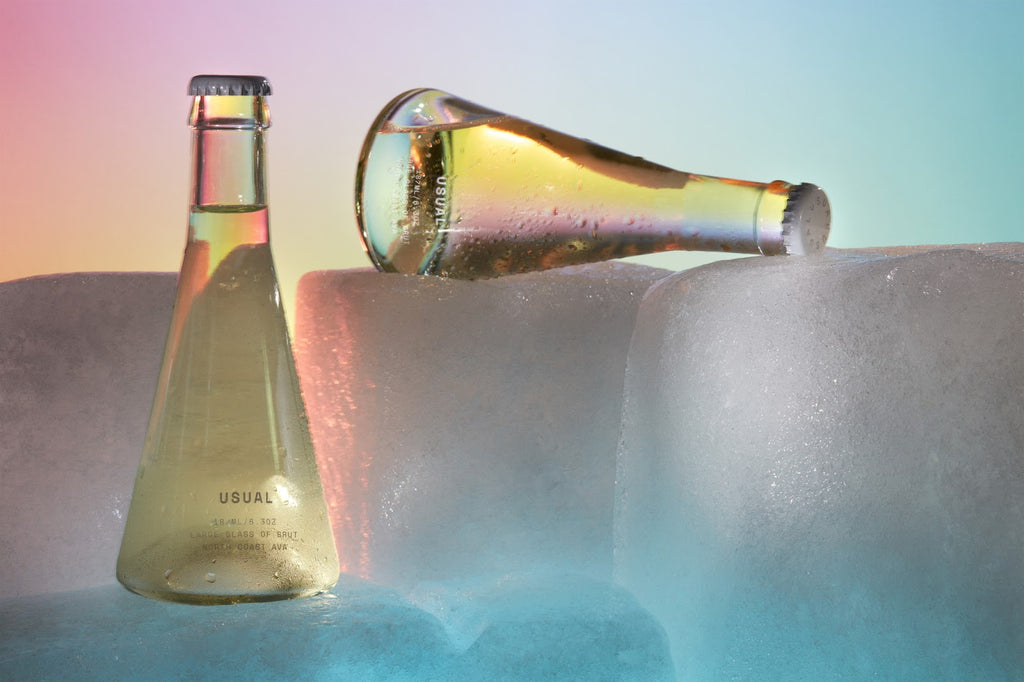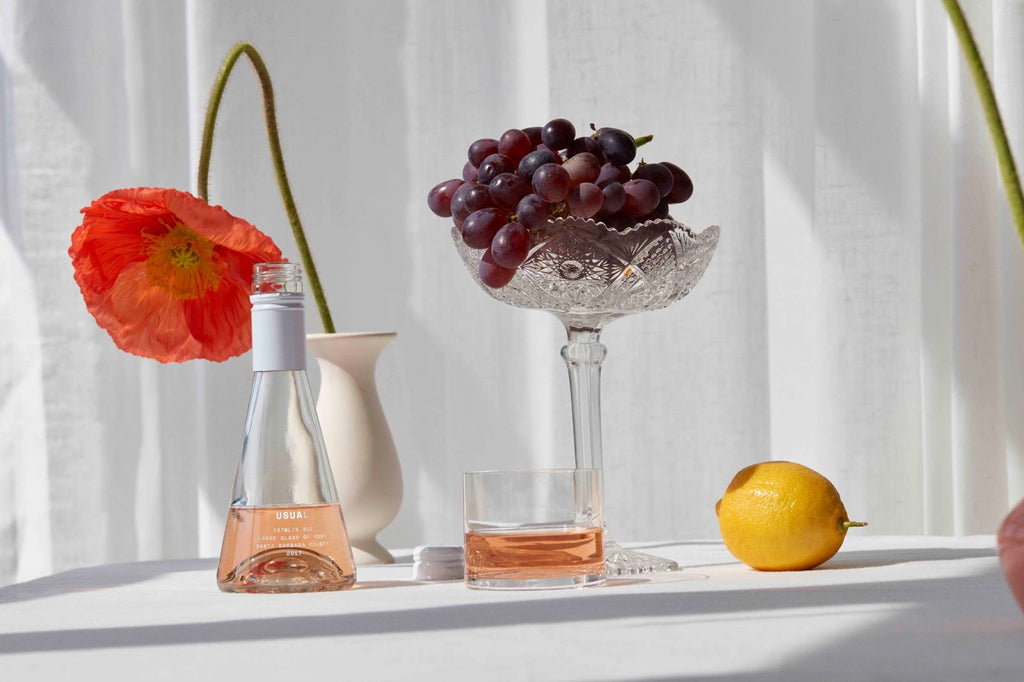
Red & White Wine Temperature: The Ideal Temperature to Store and Serve Wine
McKenzie HaganSome rules are made to be broken. Only pairing red wine with red meat? Only drinking port after a meal? There’s no reason to limit yourself.
Drinking wine is about enjoying yourself, not following rules. However, when it comes to wine temperature, some rules do apply. And there are a few golden tips and tricks that can really make your favorite bottle pop.
Wine temperature has a considerable effect on wine flavor. While a glass of wine served at the proper temperature is a joy to savor, the wrong temperature can be a disaster for your wine collection.
The Effect of Wine Temperature on Taste

Have you ever been served a slightly warm glass of white wine? While it may have been drinkable, chances are it wasn’t quite as enjoyable. This is because white wines need a little chill to lift their delicate aromas and acidity.
On the other side of the coin, have you ever had a white wine that was slightly too cold? Over-chilling your white wine will cause flavors to become muted and almost watery. There’s a fine balance.
Similarly, sparkling wines, such as Champagne, cava, and prosecco, need to be chilled as a matter of safety. Keeping these fizzy wines cold ensures that the carbon dioxide stays trapped inside and doesn’t suddenly pop open unannounced.
Red wine is traditionally served warmer than white wine. If red wine is served too cold, it can taste overly acidic. There’s an internationally believed myth that red wine must be served at room temperature. This is not strictly true — serving red wine too warm can make it seem soupy and unbalanced.
While serving temperature is important, properly storing your wine is critical for safeguarding its quality. Wine is a fragile thing. Simply leaving your wine in a warm room for too long is enough to change, dim, and ruin the delicate flavors.
Optimal Temperature for White and Sparkling Wine Wine
 There is no ideal temperature when it comes to chilling white wine. Instead, it would be best if you looked at the style of wine you’re dealing with.
There is no ideal temperature when it comes to chilling white wine. Instead, it would be best if you looked at the style of wine you’re dealing with.- Bubbly sparkling wines, rosés, and light dry white wines (such as Beaujolais), need to be chilled to bring out their fruity flavors and lush aromas. Try serving them at 40-50 degrees Fahrenheit.
- Wines with high acidity, such as Riesling, taste balanced and fresh at around 45-50 degrees.
- Full-bodied white wines, such as Chardonnay, require cold temperatures to bring out their rich, buttery textures. Serve them between 48-60 degrees.
If you’re serving white wine at a party, or over dinner, chill your wine bottle in the refrigerator. Then, 30 minutes before you plan to serve, take it out of the fridge and let it warm slightly before opening.
Aging wines is another consideration when it comes to temperature. For wines that are meant to be aged, the ideal storage temperature is 55 degrees Fahrenheit. This is because high temperatures can speed up the aging process, which might sound like a good thing but can actually throw off the delicate balance of flavors that develops over time. Aging wines at a stable temperature also helps maintain their longevity and quality.
Optimal Red Wine Temperature for Serving Wine
 Contrary to popular belief, room temperature is not the perfect temperature for red wine. Why? Well, first of all, room temperature in warmer climates is going to differ significantly from cooler climes. As such, Australian wine lovers will be enjoying their vino a lot warmer than Icelandic wine aficionados.
Contrary to popular belief, room temperature is not the perfect temperature for red wine. Why? Well, first of all, room temperature in warmer climates is going to differ significantly from cooler climes. As such, Australian wine lovers will be enjoying their vino a lot warmer than Icelandic wine aficionados.
In fact, the traditional "room temperature" recommendation dates back to the times when rooms were not as warm as they are today. The ideal serving temperature for red wine generally ranges from 55 to 65 degrees Fahrenheit, which is cooler than average modern room temperature. So, be mindful of this when deciding what temperature should red wine be stored at and served.
Secondly, if a wine has high alcohol content, serving it too warm will give the drinker a burning sensation, similar to that of drinking a shot of whiskey.
While wines with high tannin levels, such as Cabernet Sauvignon, can deal with slightly warmer temperatures than lighter wines like Pinot Noir, we all could drink our reds a little cooler.
- Serve full-bodied reds, such as Syrah (or Shiraz, depending on where it comes from) at 60-65 degrees.
- Light, fruity reds benefit from a cooler temperature. Serve Gamay and Tempranillo a little cooler at 55-60 degrees.
When drinking red wine, put your bottle in the fridge for 30 minutes before serving. Then, either decant the bottle or pour the first glass, allowing it to breathe and warm on the table for 10 minutes before you drink it.
How to Maintain the Perfect Wine Temperature
 As we’ve discussed, wine can be a very fragile thing. Its delicate flavors can be altered by climate, temperature, sunlight, and even sound vibrations. This is why it’s critical to store your wine collection properly.
As we’ve discussed, wine can be a very fragile thing. Its delicate flavors can be altered by climate, temperature, sunlight, and even sound vibrations. This is why it’s critical to store your wine collection properly.
If you live in a warm climate, be aware that temperatures as high as 75 degrees can ruin your wine. To combat this, store your collection in a dark, cool room.
While a wine cellar is ideal, we understand that not everyone has access to such luxuries. Instead, a regulated wine fridge is fantastic. If that’s not an option, an ordinary refrigerator works too. Just be sure to move the wine after a month, so as not to dry out the cork.
Humidity also plays a crucial role in wine storage. Low humidity can cause corks to dry out, leading to oxidation, while high humidity can encourage mold growth. The optimal humidity for wine storage is around 70%. In an average household refrigerator, humidity is usually lower, so for long-term storage, consider using a wine fridge or cellar.
To make sure your wine stays as the winemakers intended, keep an eye on your bottles for signs of decay. A bottle that has been affected by warm temperatures may show signs in the cork. The cork will begin to bulge as the liquid begins to expand and the resulting wine will taste stale.
Tips to Serve the Perfect Glass of Wine
 To serve sparkling wine at the ideal temperature, try popping it in the freezer for just under an hour. But proceed with caution and don’t forget about it. Any longer than an hour could cause a bubbly explosion.
To serve sparkling wine at the ideal temperature, try popping it in the freezer for just under an hour. But proceed with caution and don’t forget about it. Any longer than an hour could cause a bubbly explosion.
If you don’t have much time, you could always use an ice bucket. Mix your ice bucket with water and ice, as this will lower the temperature of the wine gradually.
White wine and rosé should be stored in the fridge for a few hours before opening. However, rather than putting it in an ice bucket, as you would with sparkling wines, let it breathe on the table. Only put it back in the refrigerator if the room temperature is causing the bottle to sweat or warm too quickly.
Red wine really benefits from decanting, as exposure to the air can help to soften the tannins and remove any sediment. For the perfect glass of red wine, cool it in the fridge for 30 minutes, decant, and then pour.
The Perfect Wine Temperature
 Serving wine at the right temperature will emphasize its unique flavors and improve the taste overall. But choosing how you chill or serve your wine is not as simple as “cold for white” and “room temp for red.” Optimum wine temperature depends on the type of wine you’re drinking, the amount of tannins in the wine, and of course, personal preference.
Serving wine at the right temperature will emphasize its unique flavors and improve the taste overall. But choosing how you chill or serve your wine is not as simple as “cold for white” and “room temp for red.” Optimum wine temperature depends on the type of wine you’re drinking, the amount of tannins in the wine, and of course, personal preference.
That said, for simplicity's sake, here’s a recap of the simple guidelines you’ll want to keep in mind:
There’s a good chance you might be drinking your red wine too warm. While highly tannic wines such as merlot can stand to be served a little warmer, lighter and fruitier reds are best when cooler.
Contrary to popular belief, you can over-chill a bottle of white. To make sure you get the best from that bottle, let white wine warm naturally before serving. You’ll optimize the fruity flavors and delicate aromas.
For the perfect serve, remember our tips on how to properly store, chill, and serve wine. Before you know it, you’ll be enjoying your favorite bottle just as the winemaker intended.
Remember, wine is all about personal preference. While these guidelines provide a good starting point, the "perfect" temperature for your wine might be slightly cooler or warmer, depending on your own taste. The key is to experiment and find what you enjoy the most. After all, wine is meant to be savored and enjoyed!








